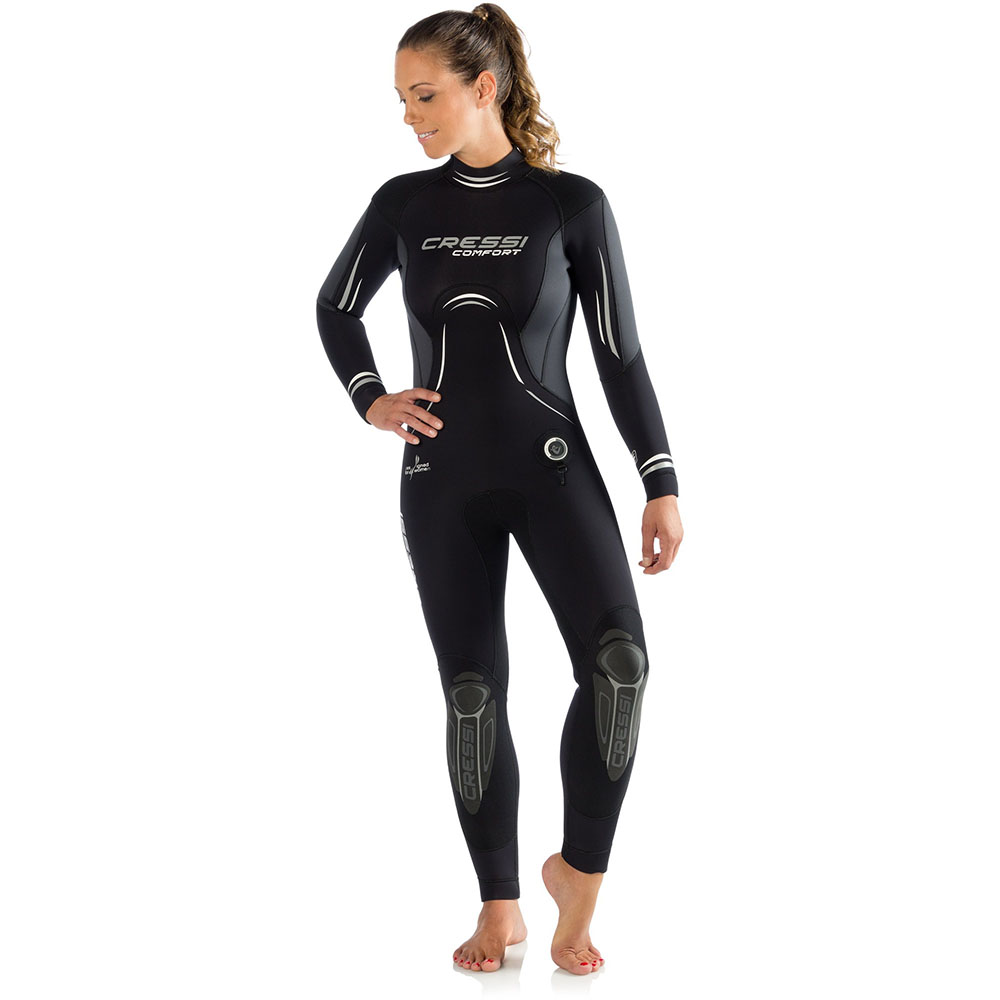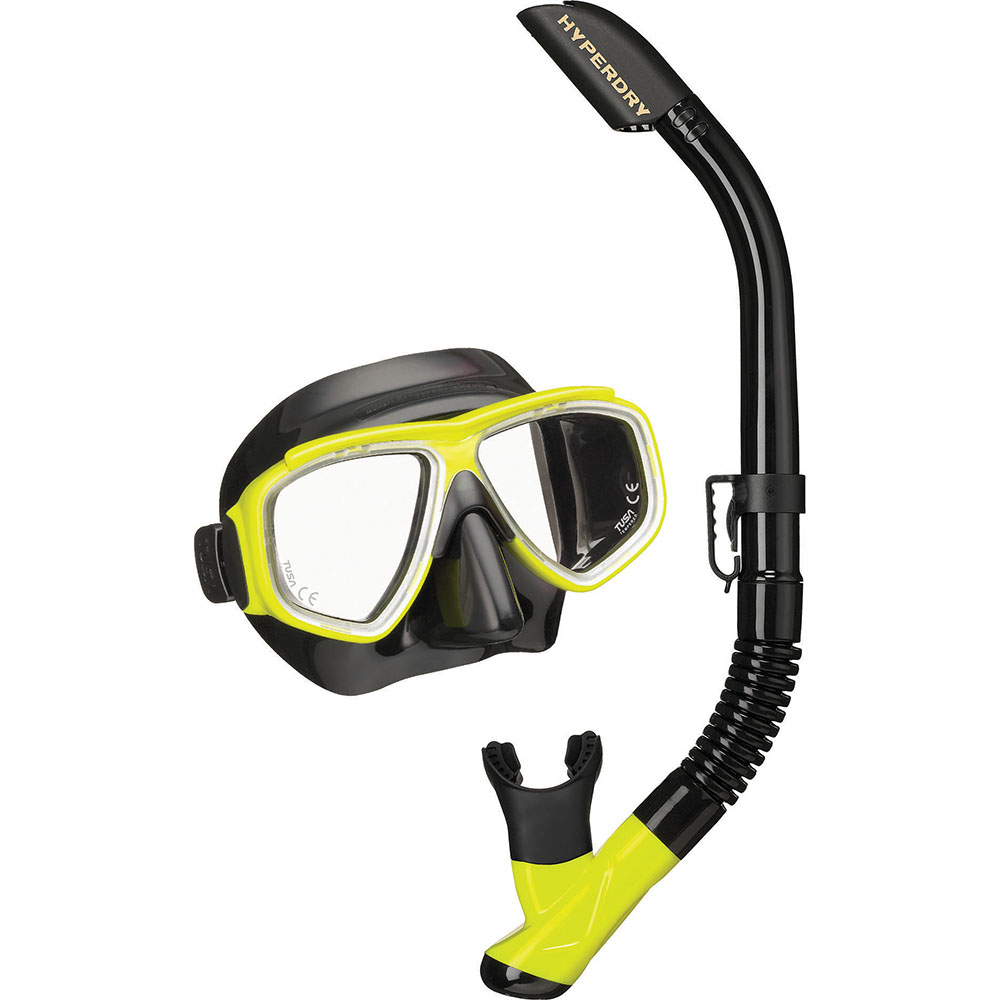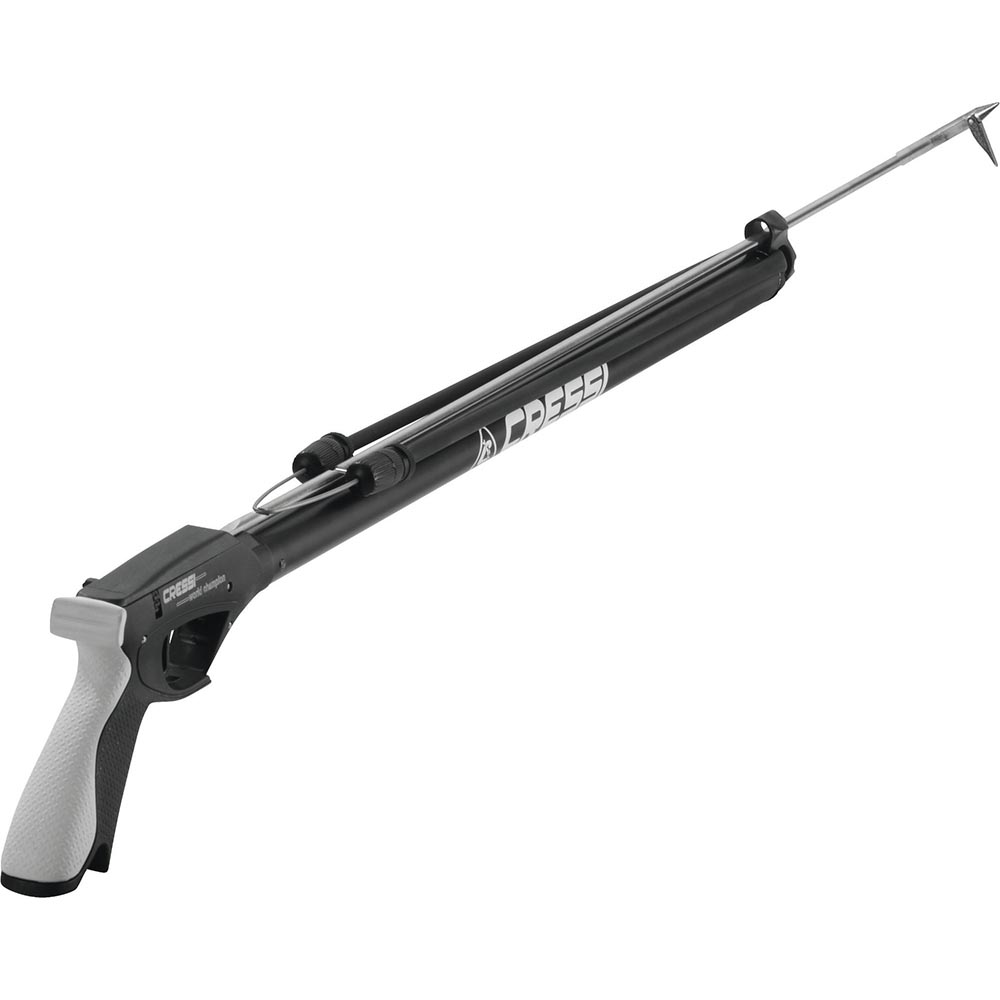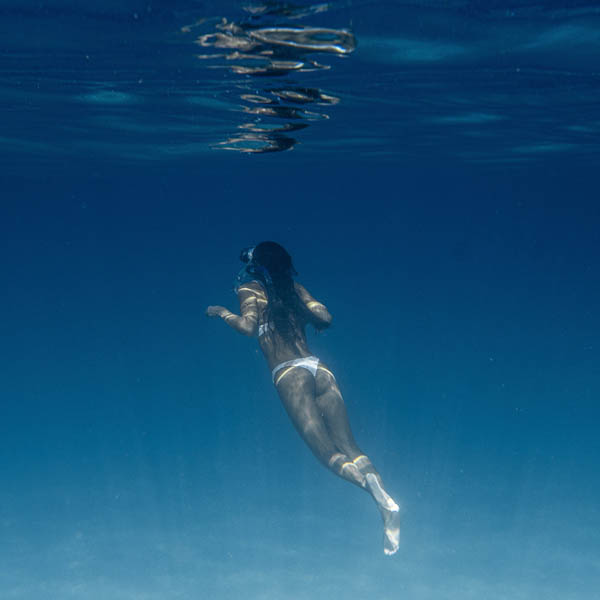Jacket-style BCDs, wing-style BCDs, and semi-wing BCDs are the three most common types of BCDs available on the market. Here are the differences between them:
- Jacket-style BCDs: These are the most common type of BCDs and are also known as vest-style BCDs. They feature a jacket-style design with air bladders on the back and sides, providing buoyancy and supporting the diver’s tank. The air bladders wrap around the diver’s torso, making them comfortable and easy to wear. They also have pockets for storing accessories and weights, making them a versatile choice for recreational diving.
- Wing-style BCDs: Wing-style BCDs, also known as backplate-and-wing BCDs, have an air bladder located on the back, which provides lift and buoyancy. The air bladder is typically horseshoe-shaped and is mounted on a metal or plastic backplate. This design allows for more freedom of movement and better trim underwater. Wing-style BCDs are commonly used for technical diving, where streamlined equipment and a greater range of motion are essential.
- Semi-wing BCDs: Semi-wing BCDs are a hybrid between jacket-style and wing-style BCDs. They have an air bladder located on the back, like a wing-style BCD, but they also have a jacket-style air bladder that wraps around the diver’s torso. This combination provides the buoyancy and support of a jacket-style BCD, with the streamlined profile of a wing-style BCD. Semi-wing BCDs are versatile and can be used for both recreational and technical diving.
When choosing a BCD, it is important to consider your diving needs and preferences, as well as your experience level. Jacket-style BCDs are great for recreational diving, while wing-style BCDs are more suitable for technical diving. Semi-wing BCDs offer a balance between the two and are a good choice for divers who want versatility and flexibility in their equipment.







